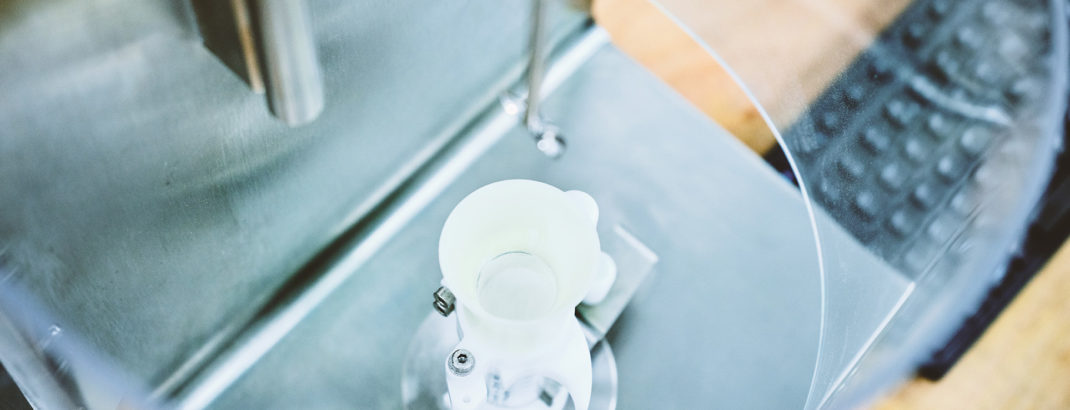Enrico Gallino, Senior Engineer at Ricoh 3D, outlines the key factors which must be assessed when selecting the correct powder for Selective Laser Sintering.
The increasing popularity of 3D printing across a range of sectors is, in part at least, down to its ability to produce high consistency in production.
The importance of selecting the right powder characterisation in the production process to achieve that should never be underestimated. It can literally dictate the effectiveness of the entire production process and, ultimately, the quality of the final part, whether that be for prototype or serial production.
A complex combination of powder properties and the parameters of the machine used will influence the effectiveness and quality of the final part.
Our aim is always to produce parts with good mechanical properties in line with the material specifications.
Using a powder that doesn’t meet the required processing criteria, however, can lead to defects, porosity, curling or build crashes, which will each have its own negative impact on the final product.
It is not possible to just take any given powder, put it into a printer, push the start button and create a printed part with the right mechanical properties.
It is a lot more complex than that as there are a whole range of factors which combine to characterise a “good powder.” My recent webinar (which can be found here, in association with Freeman Technologies, investigates this issue in thorough detail.
Below is a brief summary of a few of the key considerations when selecting powder characterisation for each specific application.
Thermal
A good understanding of the thermal properties of the material is crucial in all additive manufacturing processes, including Selective Laser Sintering. Understanding the temperatures at which a powder will crystallise and melt – therefore changing its density – is imperative to ensuring that the material can effectively be processed.
Spreadabiity and powder flow
The ability of powder characterisations to spread and distribute evenly is critical to its performance in 3D printing.
As new layers are created, the powder must spread in a unifom manner or the risk of part defects, including poor surface finish and inconsistent bulk density, rise dramatically.
As in all cases, the impact of ageing on powder properties is absoluty crucial, with deterioration having a detrimental effect on the final part.
Particle size and shape
The shape and size of particles will have a considerable influence on the properties of the powder due to the powder bed packing density.
Different powder manufacturing processes are available and each of them produce particles with different particle shape and size distribution.
Generally speaking, spherical particles pack together most effectively – aiding the quality of the final product – while irregular shaped particles run the risk of lowering the density of the final product.
Ricoh’s market leading polypropylene is a great example of this. Thanks to its perfectly round shaped particles and large sintering window, the material is very easy to process. This enables the production of parts with consistent mechanical properties, good surface finish and low porosity, making the material watertight up to a pressure of 10 bar and an ideal choice for a vast array of applications
Testing
With process control and traceability at the heart of 3D printing, a comprehensive testing programme is vital to provide added consistency and confidence.
At Ricoh 3D, we have the latest test equipment technologies to measure a material’s thermal transitions, powder flowability, particle size distribution and melt flow rate.
The above provides a snapshot of the complex puzzle of powder characterisation for the additive manufacturing industry. The webinar link above will provide a more comprehensive review.
In summary, it is essential to assess and characterise powder properties for Powder Bed Fusion to guarantee a robust process, validate supply chains and to enable the qualification and development of new materials.
Through analysis of evolving performance and existing data, a picture is created of the relationship between different powders in the production process. It is a crucial assessment to get right if a successful 3D printing operation is to be achieved.
